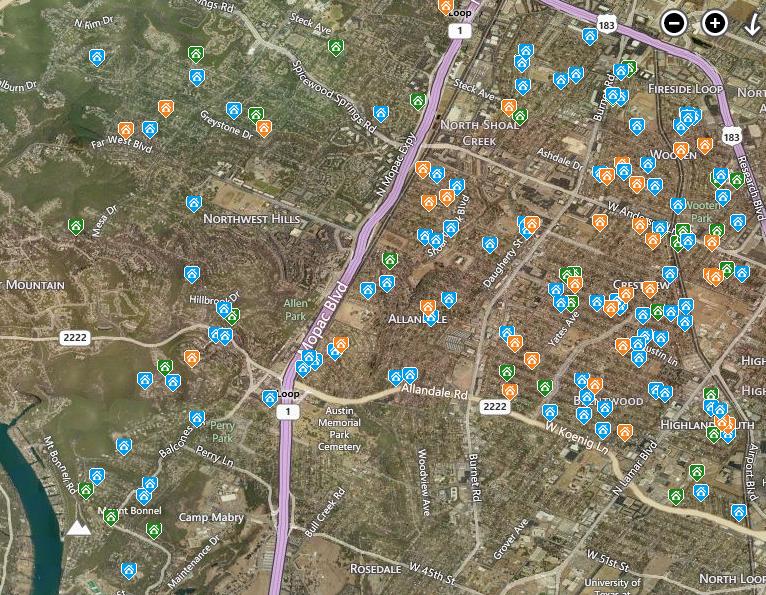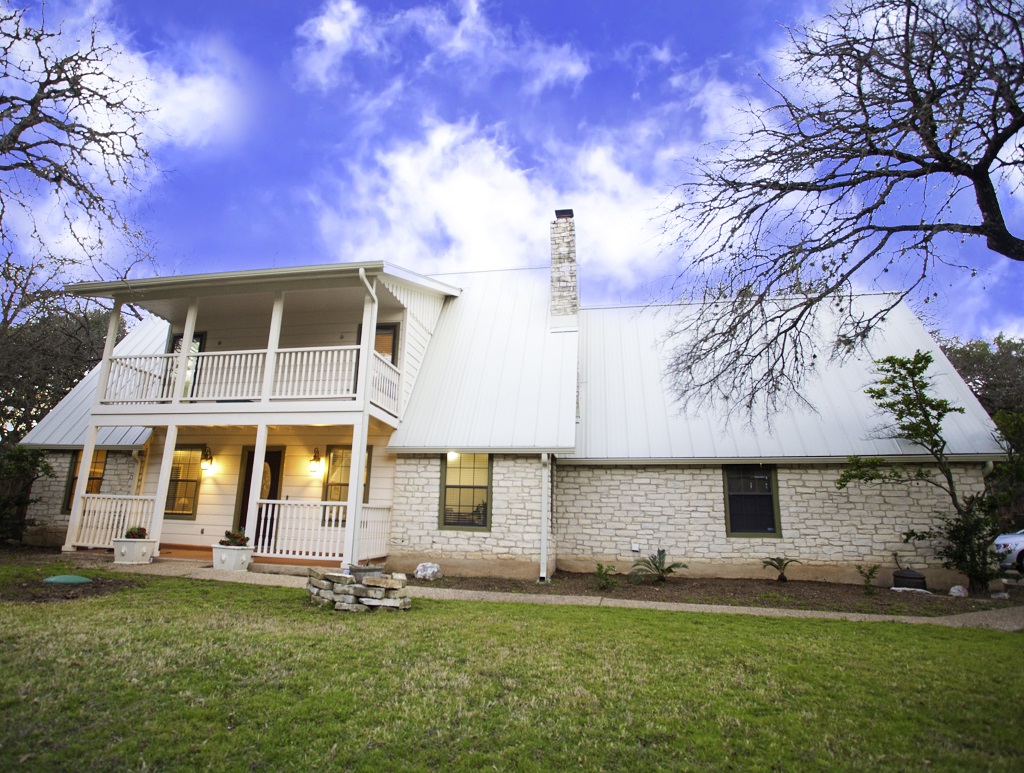Over the years, we have helped clients buy and sell homes in the Central Austin neighborhoods of Crestview, Brentwood, Allandale, Northwest Hills and Balcones Hills. These neighborhoods are RED HOT right now for Austin real estate, but there are some potential issues that you need to be aware of if you are considering a purchase or a sale in these areas.
Plumbing
Many of the homes in Central Austin were built during the 1940’s through 1960’s, during a time when home builders and the city were using fiber pipes such as Orangeburg Pipe in addition to cast iron for their sewer lines. “Orangeburg” pipe was comprised of wood pulp and an oil & coal-based resin that were layered together. This was a far cheaper alternative to cast iron at the time, and was used all over the country and not just in Austin. It was used in homes up until somewhere in the mid-1970s when PVC became the preferred option for sewer pipes. It is quite common to find homes in central Austin that have the original Orangeburg pipe or cast iron pipe connecting the house to the main line at the street.
The problem with Orangeburg and cast-iron pipes is that it degrades over time and was never a good match for tree roots, and we all know how many beautiful oak trees we have in Central Austin. Pipes that were installed 50 years ago are nearing the end of their useful life (or they have already reached it). The cost to replace an entire cast iron or Orangeburg sewer system can reach into the $30,000-$40,000 range, depending on the extent of the piping and whether any foundation excavations will be needed to replace all of it with modern-day PVC piping. The worst-case scenario is a home that is built on a slab foundation that still has the original cast-iron or Orangeburg-type sewer lines. Imagine buying a home in Central Austin, only to find out that you have to do $40,000 worth of sewer work right after you buy it. Ouch.
How do you find out if a home has cast-iron or Orangeburg pipe, and how do you test to determine that it has failed? The first step is to hire a home inspector that will locate the clean-out locations around the perimeter of your home. He or you can pull off the clean-out cover and look down into the pipe. If you see or are otherwise suspicious that there is anything other than PVC down there, then you will need to hire a master plumber to perform a hydrostatic test. This test consists of capping off the sewer system at various locations (the street, the cleanouts, etc.) and also at the interior sewer receptacles (i.e. pulling off the toilets to expose the pipe beneath), filling the pipes with water and seeing if it drains. If the water drains at a rate that the plumber deems is too quick while it is capped, then it is likely draining underneath your home and into the ground through a failed pipe…and not into the sewer system like it is supposed to! Sometimes there are small leaks that can be detected with a camera that is fed down into the sewer line, but most times the entire cast iron line has degraded on the bottom and needs to be replaced.
Wiring
Homes built in the central Austin area were originally built with aluminum wiring. The good news is that many homes have already been retrofitted with Copper-to-Aluminum connectors (called Copalum) and many homes have replaced their main electrical panel due to all of the high-energy demanding appliances that we all love to use and enjoy that simply wouldn’t function without wiring updates. However, we still find a significant amount of original homes that only have a partial retrofit. Another potential issue on wiring is the ground wires for three-prong receptacles. All of these concerns can be evaluated by a home inspector that is knowledgeable and performs the proper testing.
Flood Plain & Flood Insurance
You might not know it, but there are homes in Central Austin are at a statistically-quantifiable risk of flooding at least once within the next 100 years. This might not be of great concern to you, because it seems like a long time from now and also a really small risk. But consider this: some homes are expected to flood at least once in the next 25 years! If a home lies within certain FEMA flood zones, you may be required to obtain flood insurance by your lender. How do you determine if a home lies within the flood plain? You can visit the FEMA website at http://msc.fema.gov/portal and enter the property address to pull up the most-recent flood plain maps. You can also visit the City of Austin’s website and pull up the FEMA overlays on any parcel, located here: http://www.austintexas.gov/GIS/DowntownWebMap/Viewer.aspx
Check for Expired Permits
Last but not least, be sure to check to make sure that there aren’t any expired or open permits on the home that you’re considering to purchase. If you are looking at homes online that have been remodeled or renovated, it would be prudent to go ahead and check the permits to see if there are any potential issues. Not all home renovations and remodels require a permit and there are certain exemptions such as homestead permits. Here is the City of Austin’s website to search for permit information: https://www.austintexas.gov/devreview/a_queryfolder_permits.jsp
This post was not meant to deter anyone from purchasing an older home in Austin, in fact it is meant to be quite the contrary! Homes in central Austin are beautiful and are highly sought-after, and that trend will likely continue. The average sales prices last year in MLS Areas of 1A, 1B and 2 (the MLS areas that encompass the majority of Central Austin homes that this post references) increased by 9.3%, 2.6% and 12.3% respectively. There were 1,411 single-family homes that sold in these 3 MLS Areas during 2014. This is a popular section of Austin, for sure!
When choosing a Realtor, be sure that you hire someone like us who has specific knowledge about the homes that you are interested in. If you have any questions or if you have any other tips that you would like to mention to our readers, be sure post a comment below!


